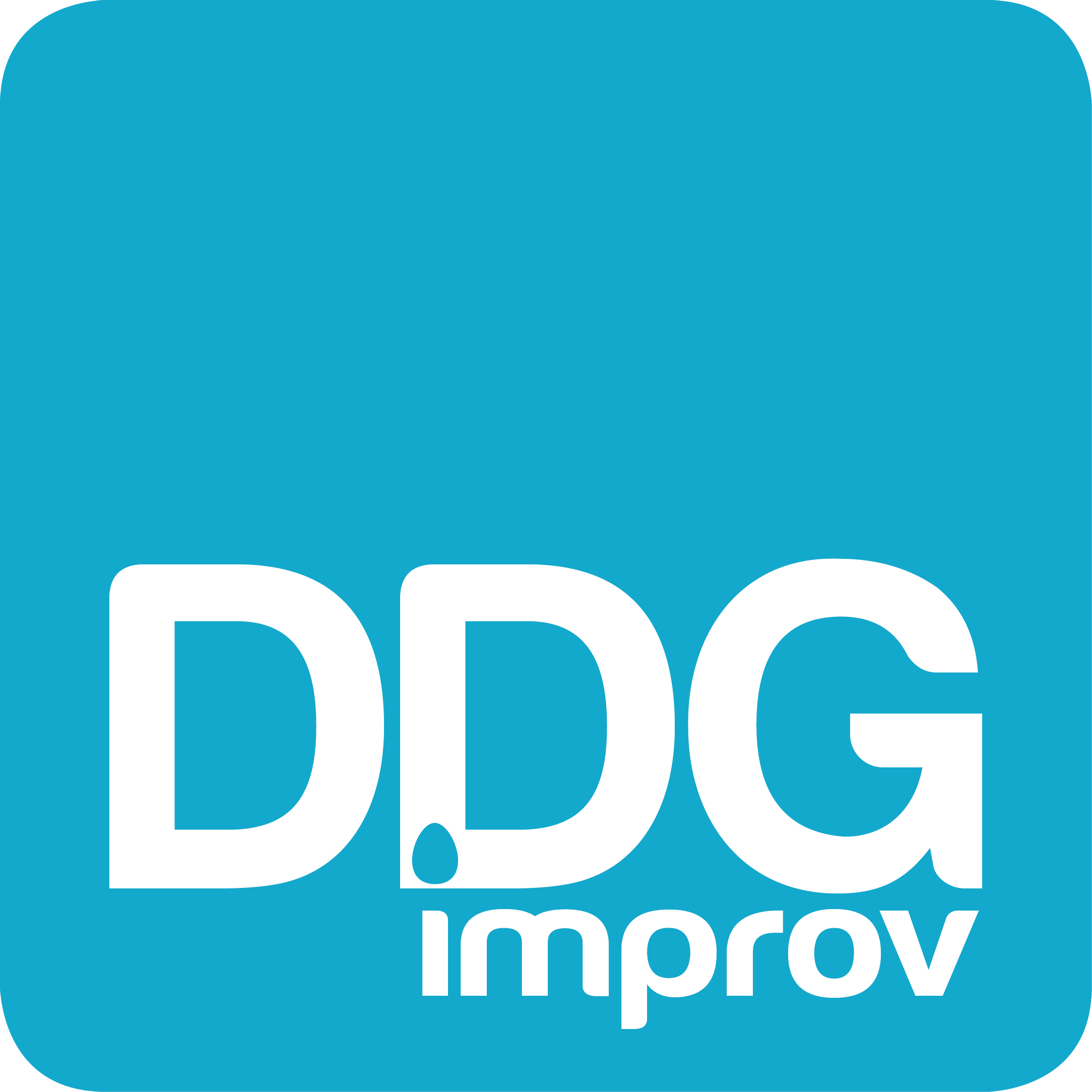Victoria Hogg: Playing Teacher
Article published in the school quarterly magazine of Dulwich Prep London.
“I was so nervous beforehand but it was so much fun!” This is the comment improvisation facilitators hear most often. Today, a dozen of Dulwich Prep London’s Lower and Middle School teachers, gathered for an improv taster session, are no exception. The room buzzes with skittish anticipation but, after lots of hilarious quick-fire games involving bold offers, agreement and good listening, the nerves give way to laughter and relief. By the end of the session, the group is buoyantly happy to have ‘survived’.
“As someone who usually runs a mile from drama,” smiles Head of Lower School, Karen Tuckwell, “I was quite pleased with myself! I knew I’d be out of my comfort zone because, in spite being someone who can run an Assembly for two hundred children or a parents’ evening, off-the-cuff drama isn’t something I’d normally do. I enjoyed the session and appreciated how much better I felt at the end. I immediately started to thinkhow it might work with the children since we deliberately try to put them in the ‘learning pit’. I think teachers need as much empathy as possible with the children.”
Newcomers to improv are often unsure of what to expect of this art form and training tool. They know they’ll have to ‘do something’ in front of a group. Some have watched TV’s Whose Line Is It Anyway? back in the day. They may even have been to a West End show: Austentatious: The Improvised Jane Austen Novel, The Comedy Store Players or Showstopper! The Improvised Musical.
Yet the rise of improv’s popularity in mainstream entertainment is in direct contrast to the drop in UK state school arts education. State drama provision is at its lowest in a decade, according to a September 2017 report by the Education Policy Institute. At a time when behavioural experts worldwide agree that improv increases confidence, promotes positive collaboration and fosters imaginative problem-solving, many teaching institutions have yet to embrace this social and educational tool. They’re missing a trick, however, because improv definitely changes people for the good. The shyest of us become more confident; natural show-offs listen and collaborate better. It’s surprisingly liberating: at my weekly Brixton-based improv club, ‘Duck Duck Goose Improv’, the jammers (audience members who get on stage) spontaneously and adroitly play superheroes, kittens, cutlery and God to audiences’ delight and awe.
Improv is a ‘reset’ for any established group but it serves especially well in a school environment. Its core ‘yes, and’ philosophy taps into that community’s need to harmoniously approach common goals. It encourages good listening in rooms that can favour the loudest contributor. Crucially, improv’s bedrock ‘permission to fail’ ideology offers a positive perspective to those who are unhelpfully hard on themselves. It also embeds key human behaviours like strong decision-making and fast creative thinking demanded by the high pressure school environment. “The drama provision is outstanding here but we can integrate these techniques more in the classroom, either to break up a lesson or to serve a specific curriculum subject,” explains Karen Tuckwell. “Take the ‘Machines’ exercise where we ‘built a clock’ together as each person stepped in as a unique clock part: if you were teaching science, say, you could use that exercise to have the children physically represent a model of a chemical reaction, to directly relate to and embed what they’re learning.”
This perspective fits with the view that we each have preferred styles for successful learning, such as linguistic, aural or kinaesthetic, and different character types (introvert, extrovert). Embracing a community’s cognitive diversity and the benefit of varied learning approaches therefore, would presumably contribute significantly to creating harmonious schools and workspaces. So what keeps a classroom happy? “It’s got to be engaging and fun, so it’s striking the balance between it being fun and interesting and there being the intellectual challenge that means the children make progress,” explains Karen. “Those two things don’t necessarily go together easily, so we try to put them together such that the children don’t notice they’re working really hard because they’re actually just enjoying it. Improv fits with this: children improvise in the playground naturally, so if there’s a way to do that in the classroom, they’d all be up for it.”

